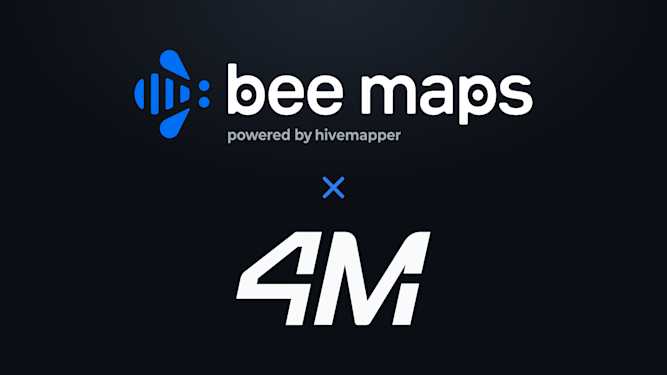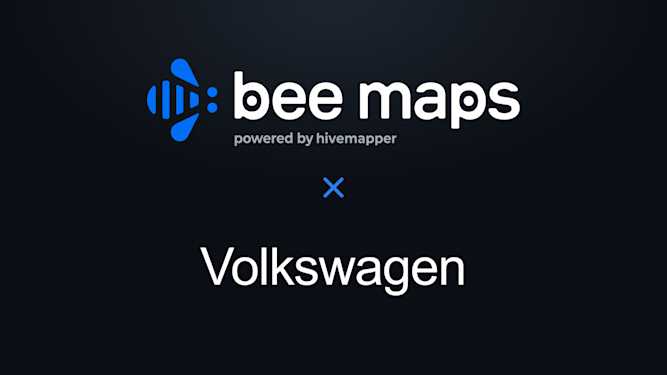The Network is Buzzing
Places & Faces 3: Fortex Design

In the era of AI and automation, productivity is no longer tied to headcount. Fortex Design, a Miami-based telecom engineering firm, proves it. Over the past decade, the company has invested heavily in building internal tools that enhance its engineering services – enabling a 60-person team to outperform firms three times its size.
As U.S. fiber deployments hit record highs and billions in public and private funding flood broadband infrastructure, Fortex partner Luis Gonzalez saw what others missed: speed is everything. Faster design means faster permits, faster builds, and faster returns on capital. For Gonzalez, the key to speed is simple—equip lean teams with powerful automations.
At Fortex, software developers and telecom engineers work in a tight loop. Developers ship tools that accelerate engineering workflows, while engineers provide real-world feedback to refine those tools – creating a cycle of continuous performance gains.
One of the biggest bottlenecks in engineering is locating and mapping existing infrastructure to ensure new builds don’t clash. Traditionally, Fortex engineers virtually surveyed routes using satellite and street-level imagery to create base maps of manually identified assets.
But as rates compress and clients demand more for less, Fortex responded by layering AI on top of Bee Maps’ real-time imagery. Their system automatically detects poles, sidewalks, driveways, and “no-go” zones – critical features unrecognized by current design automation tools.
The impact has been dramatic. Base mapping that once took a full week now takes just 24–48 hours, dramatically accelerating permitting and CAPEX recovery.
“That’s ultimately what we’re working towards – cutting down that base mapping time, by using the Bee Maps feature data. For our clients, every single day counts.” — Luis Gonzalez
By translating engineering expertise into software, Fortex has built systems that multiply output without expanding headcount. Automation handles the complexity, freeing engineers to focus on higher-leverage tasks.
Gonzalez believes the next leap is near: AI tools that analyze fresh, real-world imagery and output permit-ready plans with minimal human input.
“In the next two to three years, we expect to see AI-driven design tools that incorporate these granular details by analyzing street-level imagery … for a true end-to-end imagery-to-permit-ready design.” — Luis Gonzalez
Because in today’s broadband boom, speed is the moat—and automation is how you defend it.
Click here for the full video podcast.


